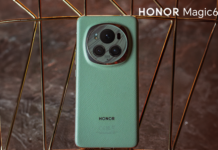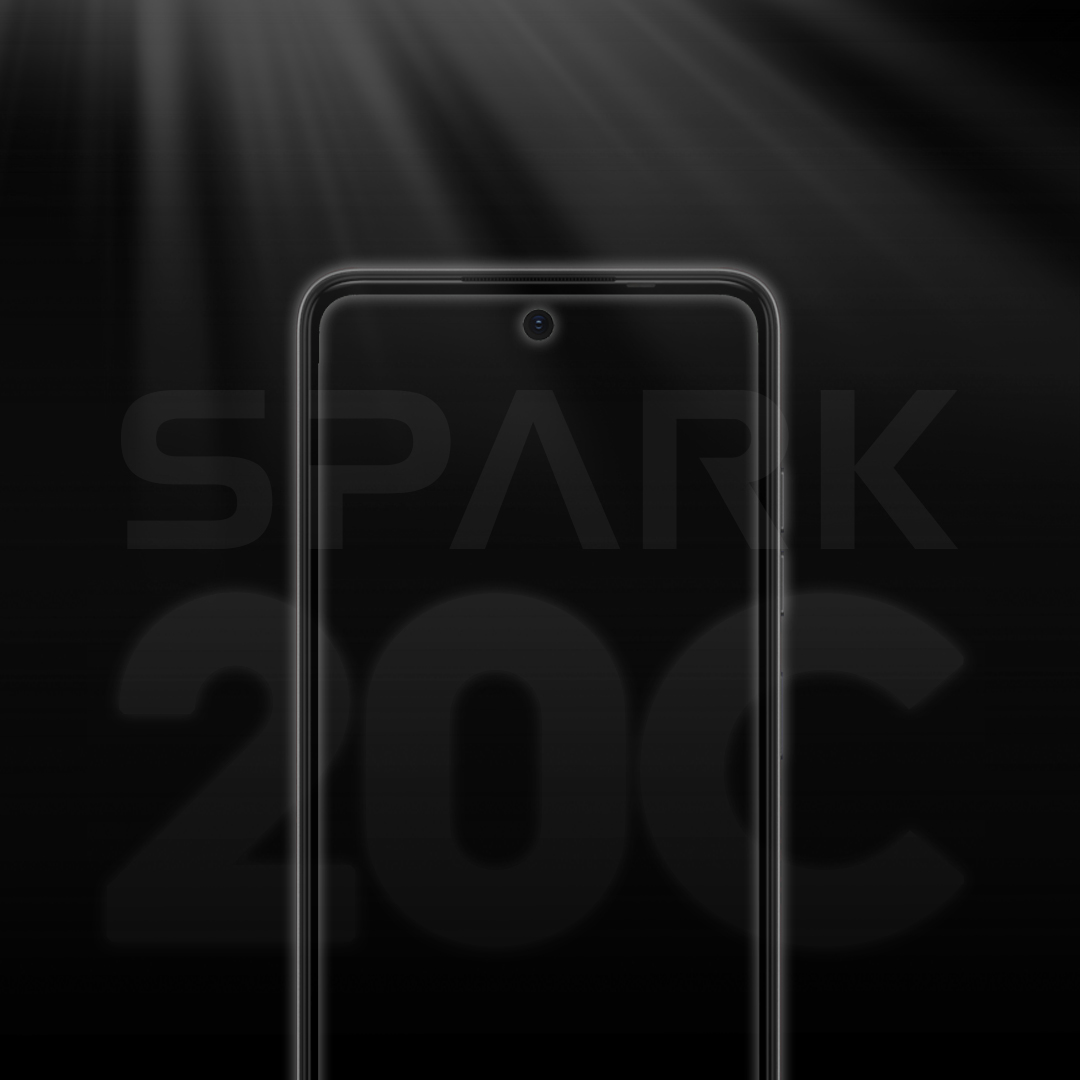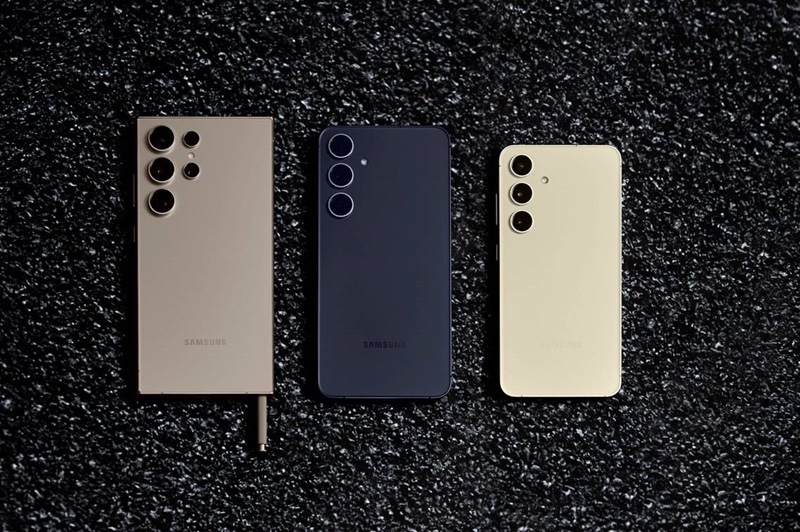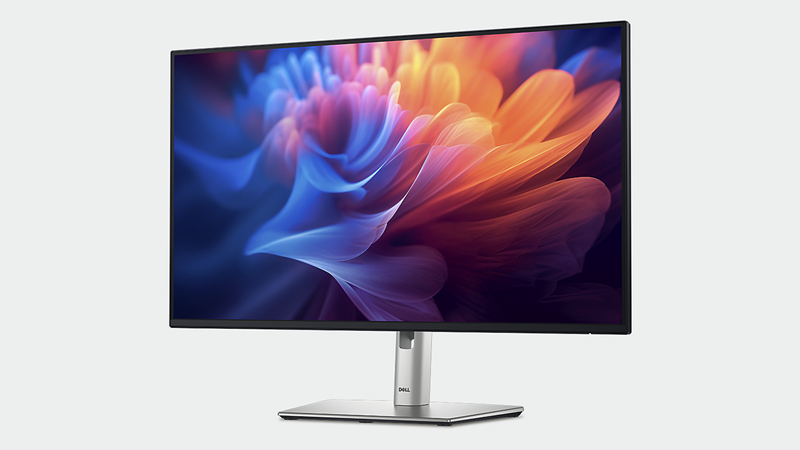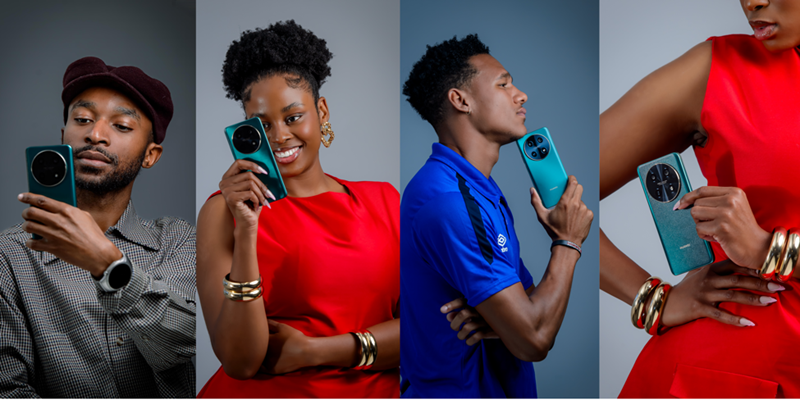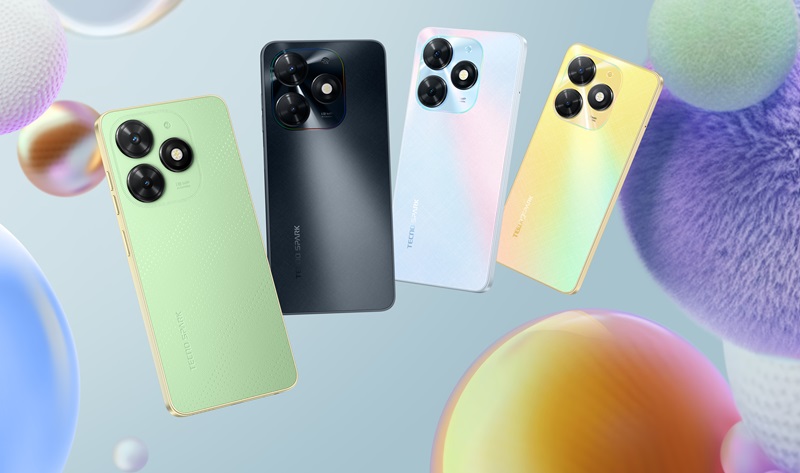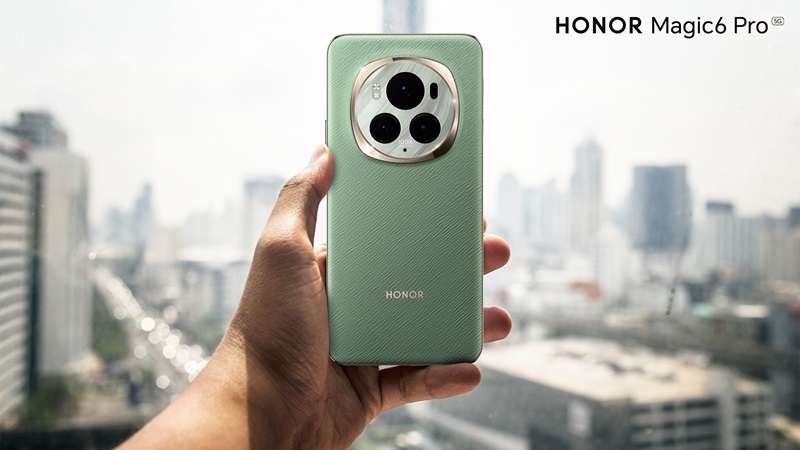Smart TV. LED. OLED. 4K. HDR. The realm of TVs is looking more advanced every day, but with this comes more confusion. What is the latest TV terminology and what does it mean? Jaco Joubert from SKYWORTH, the brand that first brought Android TV and AI TV into the country, simplifies the confusing jargon.
What is the first thing to consider when buying a TV? Resolution: HD, 4K or 8K.
Resolution describes the number of pixels that make up the picture on a display, in terms of horizontal rows and vertical columns. More pixels translate into a sharper picture and finer details, so higher resolution is (almost always) better. For many years, the 1920 x 1080 resolution, AKA full HD, has been the standard, and is still the most common resolution in TVs across the globe. However, TV manufacturers are rapidly shifting to Ultra HD sets (4K). These 4K models have four times the number of pixels compared to the current HDTV screens. We’re talking an incredible 2160 horizontal lines, or 3840 x 2160 pixels.
The biggest benefit of 4K TVs is that small objects on the screen have more detail, including sharper text. Overall, images appear richer and more life-like than on a HDTV, but the benefits can be subtle. The sharper picture also has the added benefit of letting you comfortably view the screen from a shorter distance, making larger TVs more comfortable to view in a regular-sized home.
Ultra HD video looks great, and it’s getting easier to find. Several streaming services, like Netflix, Amazon Video and even YouTube have started offering 4K content, making Smart TVs and streaming sticks your best bet for easily locating 4K movies and shows.
8K TV is here, and we can expect to see several more 8K TVs in 2020. These displays quadruple the resolution seen on 4K sets, offering a giant leap forward in picture quality. However, there are two flaws to 8K right now:
- Can the human eye see 8K?
It’s important to understand that there’s a difference between pixels and resolution. When looking at HD, 4K, and now, 8K TVs, the higher you go, the higher the resolution, or total number of pixels. Pixels are the individual points of light that make up a digital picture. For example, an 8K TV has 33, 177, 600 pixels. However, the human eye doesn’t see in pixels at all, so it’s difficult to compare them to a digital display.
But, being human, and naturally curious, we want to know. So, if we could compare the two, how many pixels would the human eye likely have? Assuming we all had 20/20 vision, research has revealed the answer to be 576 megapixels. 576 megapixels is roughly 576,000,000 individual pixels so, at first glance, it seems we could see way more than an 8K TV has to offer. But it’s not that simple. For instance, we see in 576-megapixel definition when our eyes are moving, but not in a single glance.
What’s more, our eyes naturally have flaws that a camera or digital screen don’t. We have a built-in blind spot where our optic nerve meets our retina. We may also have a refractive error like near-sightedness or farsightedness. We may have been born with (seemingly) super-powered eyes, like tetrachromats: people with four cone cells in their eyes instead of three. This means they can see many more colour varieties and therefore, when looking at a TV, could potentially distinguish much more than the average person.
- How much 8K content is available?
Currently, finding content to fully take advantage of 8K resolution is extremely limited. It’ll be at least
a year or two before 8K sets are recommended for anyone but the earliest of adopters, so we recommend sticking to 4K.
HDR: High Dynamic Range
HDR is a new feature of 4K Ultra HD sets. Standing for High Dynamic Range, it refers to its ability to deliver more colours, more contrast levels and increased brightness. HDR is essentially an upgrade of the 4K, or Ultra HD format. For this new feature, TV makers are giving new nicknames for the sets to distinguish them from standard 4K Ultra HD TVs.
The basic standard for HDR content is called HDR10, as set forth by the UHD Alliance, an industry trade group. Dozens of companies are supporting this basic minimum specification for HDR compatibility, so you will see ‘HDR10’ or ‘Ultra HD Premium’ on a growing number of sets in the market.
The problem with these is that they’re very limited in terms of compatibility – i.e.: many UHD Blue Ray Players don’t support HDR10+ or similar HDR terms. Dolby Vision is a more demanding version of HDR, created and licensed by the same people who brought us Dolby noise reduction and surround sound. In theory, a Dolby Vision set must meet a stricter set of criteria to display HDR content. So far, Dolby Vision has led the industry in terms of proprietary HDR formats.
So, while every HDR-enabled set on the market is currently HDR10-compatible, Dolby Vision is only found on sets that both meet Dolby’s technical standards and pay licensing fees for the standard.
TV TYPES: LCD, LED LCD, OLED
Aside from projection sets, there are essentially only two types of TVs on the market: LCD and OLED.
LED and LCD sets
The lion’s share of TVs today is LED-LCD. These HD and Ultra HD sets use light-emitting diodes (LEDs) to illuminate the LCD screen and can be extremely thin. Many of these TVs can dynamically light up specific portions of the screen and dim other parts to better represent a mix of light and dark areas in a scene — a feature known as active dimming or local dimming. Full-array LED sets have light-emitting diodes directly behind the screen, in a grid of ‘zones’ that can be lit up or darkened individually. Such an arrangement makes the backlight more precise and allows a more-detailed picture regarding contrast.
Another LCD technology, called quantum dots, is becoming more common, spurred on by the requirements of HDR to produce a wider array of colours and more brightness. An LCD that uses quantum dots has another layer or added ‘rail’ of different size nanocrystal dots that light up when the LED backlight hits them. The result is a wider colour spectrum and increased brightness.
Note that there are some brands that provide confusing labels. The biggest offender is the name ‘QLED.’ These are quantum-dot LCD TVs with LED backlighting — not to be mistaken for OLED.
OLED TVs
OLED TVs go one better than full-array LED-LCDs with a few dozen lighting zones. In place of a backlight, OLEDs use a layer of organic LEDs, controlled at the pixel level, to achieve absolute black and stunning levels of contrast.
SMART TV – What is a Smart TV?
Simply put, Smart TVs can access the Internet and support a few pre-installed apps like Netflix, Amazon, Showmax, DSTVNow and YouTube. Some also include voice commands – like channel
up, channel down, volume up, volume down. However, what if new streaming services become available internationally such as Disney, HBO Max, Discovery/BBC, Quibi, Hulu and more? That’s where Android TV comes in. Certified by Google, Android TVs have access to the entire Google Play Store and its thousands of apps. As soon as new gaming apps, streaming apps, productivity apps become available internationally, you simply upgrade your operating system and access them.
As for voice commands, all SKYWORTH’s Android TVs have voice search functionality. Having a Google TV means you have access to Google Assistant which now takes us into the realm of AI TV.
SKYWORTH’s AI TV offerings can be controlled solely by the user’s voice. The AI TV range supports both Google Assistant and other smart home devices such as Amazon Alexa, turning your TV into your home’s control centre. You can now, literally, converse with your television.
AI TVs will ‘wake up’ in response to a voice command and respond to commands to adjust the volume or answer a general question. Whereas Google Assistant can tell you the weather on any given day, now with Amazon Alexa compatibility it’s taken it that one step further… ‘Amazon Alexa what is the weather going to be today? Well, you should probably take a jumper with you, it’s going to get a little chilly later.’
The personalisation and technology are incomparable to anything else out there.
Provided by SKYWORTH




